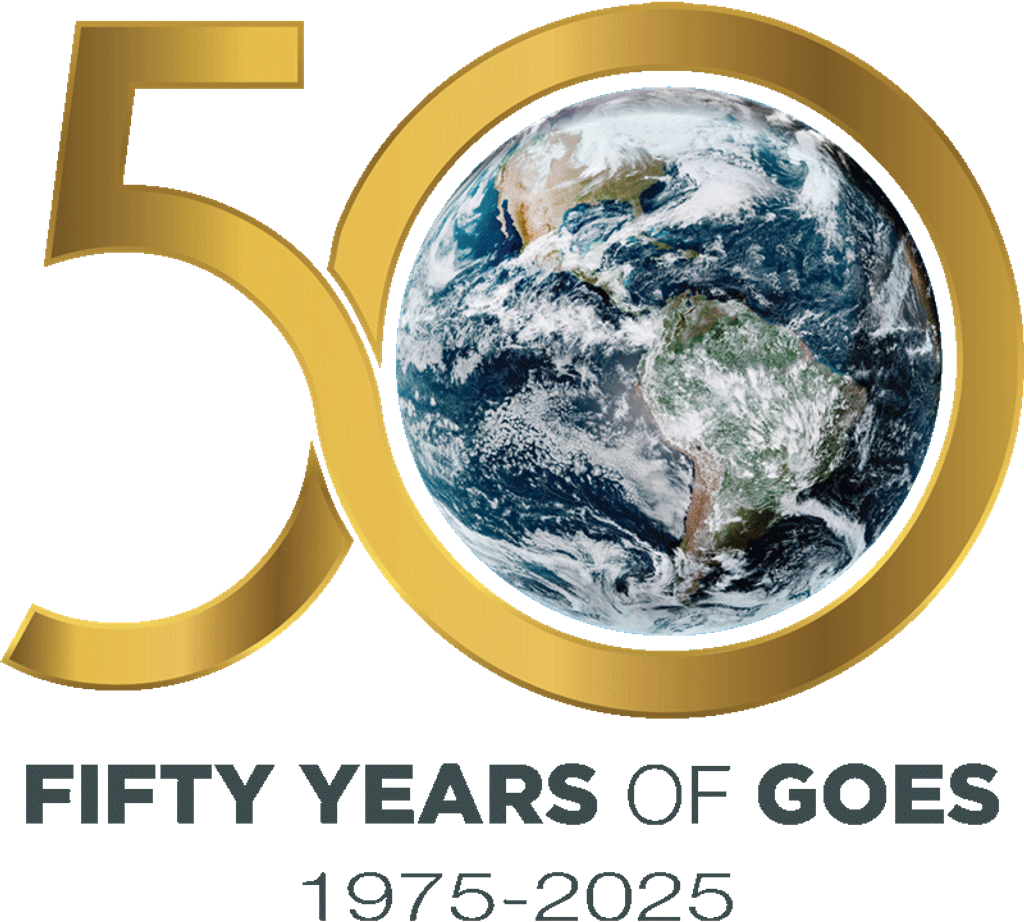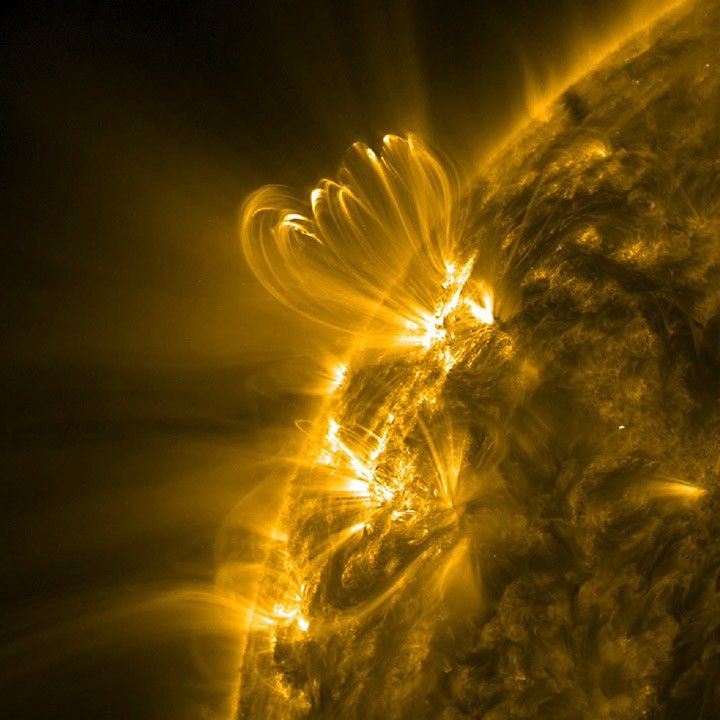Dr. Jared M. Bell, Heliophysics Chief Science Data Officer, Program Officer
Dr. Jared Bell serves as the Heliophysics Division’s Chief Science Data Officer and Program Officer at NASA Headquarters in Washington. Dr. Bell manages the data curation and analysis efforts for the Heliophysics division and works to advance citizen science, early career investigations, and to support the NASA Post-doctoral Program.
Before joining the Heliophysics Division, Dr. Bell was a research scientist at NASA's Goddard Space Flight Center (GSFC) whose research focused on developing physics-based 3D models for the upper atmosphere of Earth, solar system planets (e.g., Mars/Saturn/Jupiter/Uranus), and close-in exoplanets. Dr. Bell obtained his B.A. in Physics & B.A. in Mathematics from Transylvania University in Lexington, KY. Dr. Bell obtained his M.S. and Ph.D. in Planetary and Space Physics from the University of Michigan, in Ann Arbor, MI.
Dr. Bell is the heliophysics program officer for H-CSI, CSSFP, the FINESST program, and the NASA Post-doctoral Program. Dr. Bell can be reached at jared.m.bell@nasa.gov.
Dr. Susanna Finn, Program Scientist
Dr. Susanna Finn is a program scientist in the Heliophysics Division at NASA Headquarters. Dr. Finn serves as the program officer for the Living with a Star (LWS) science program, is the outer heliosphere domain lead, supports the Ionospheric Connection Explorer (ICON) mission, serves on the Open Science Implementation Board, and supports other programs such as citizen science and the data archives.
Before joining the Heliophysics Division, Dr. Finn was a research scientist at the University of Massachusetts Lowell. Dr. Finn was instrument scientist for an ionospheric instrument on the International Space Station, led a team to study atmospheric gravity waves during a solar eclipse, and worked with undergraduate students on a CubeSat mission. Dr. Finn also has a background in radio astronomy and star formation. Dr. Finn received her PhD and master’s degrees in Astronomy from Boston University, and a bachelor’s of science degree in Mathematics-Physics from Brown University.
Dr. Finn is a ROSES-25 program officer for LWS science and other LWS programs. Dr. Finn is also the Heliophysics POC for the TWSC opportunity. Dr. Finn can be reached at susanna.c.finn@nasa.gov.
Dr. Alex Fletcher, Program Scientist
Dr. Alex Fletcher is a program scientist in the Heliophysics Division at NASA Headquarters in Washington. Dr. Fletcher is the program officer for orbital debris and space situational awareness (OD/SSA) research and the program scientist for the HelioSwarm mission. He also supports the Space Weather program, the Community Coordinated Modeling Center (CCMC), and data archives.
Prior to joining the Heliophysics Division, Dr. Fletcher was a research physicist at the Naval Research Laboratory. His research related to kinetic instabilities and wave-particle interactions in the ionosphere and magnetosphere, hypervelocity impacts, radar, and plasma physics simulations. Dr. Fletcher earned a PhD in aeronautics and astronautics from Stanford University and bachelor’s degrees in applied mathematics and physics from University of Colorado Boulder. He was a National Science Foundation postdoctoral fellow at Boston University and MIT.
Dr. Fletcher is the ROSES-25 program officer for HEATD and can be reached at alex.fletcher@nasa.gov.
Dr. Roshanak Hakimzadeh, Program Scientist
Dr. Roshanak Hakimzadeh is a program scientist and the deputy chief technologist in the Heliophysics Division at NASA Headquarters. In this role, she leads the Heliophysics Technology Program, driving the development, maturation, and infusion of cutting-edge technologies to advance heliophysics science and enable the next generation of groundbreaking missions.
Prior to joining NASA Headquarters, Dr. Hakimzadeh had a distinguished career at NASA’s Glenn Research Center. Dr. Hakimzadeh holds a Ph.D. in electrical engineering from Case Western Reserve University, a master’s degree in electrical engineering, and a bachelor’s degree in physics and astronomy & astrophysics.
Dr. Hakimzadeh serves as the ROSES-25 Program Officer for the Heliophysics Technology and Instrument Development for Science (HTIDeS) and Heliophysics Flight Opportunities for Science (HFOS) programs. Dr. Roshanak can be reached at hakimzadeh@nasa.gov.
Dr. John McCormack, Program Scientist
John McCormack is the lead program scientist for the Living With a Star (LWS) Program in the Heliophysics Division at NASA Headquarters and is the division’s Ionosphere-Thermosphere-Mesosphere domain lead. He is also currently supporting the Electrojet Zeeman Imaging Explorer (EZIE) and Geospace Dynamics Constellation missions.
Prior to joining NASA, Dr. McCormack was a physicist at the Naval Research Laboratory’s Space Science Division, where he led both basic and applied research projects to develop high-altitude numerical weather prediction systems. He has authored or coauthored 60 peer-reviewed publications. Dr. McCormack received a B.A. in physics and astronomy from Carleton College and Ph.D. in atmospheric science from the University of Arizona, where he worked as a research associate at the Lunar and Planetary Laboratory. He was also a National Science Foundation postdoctoral fellow at the National Centers for Environmental Prediction.
Dr. McCormack is a ROSES-25 program officer for LWS Science, LWS Strategic Capabilities, LWS Tools and Methods, and LWS Infrastructure program elements. Dr. McCormack can be reached at john.p.mccormack@nasa.gov.
Dr. Sabrina Savage, Program Scientist
Dr. Sabrina Savage is a program scientist in the Heliophysics Division at NASA Headquarters in Washington. In this role, Dr. Savage manages the research program using sounding rockets, balloons, and planes; contributes to management of small sats, CubeSats, rideshares, and International Space Station payloads; leads the space weather program’s deep space exploration strategy and activities; and provides scientific oversight of satellite mission development.
Before joining the Heliophysics Division, Dr. Savage was a solar astrophysicist at NASA's Marshall Space Flight Center. She served as the U.S. science lead for international solar satellite missions, launched high energy experiments on several sounding rockets, contributed to research utilization planning on the lunar Gateway, and studied solar flare origins and energization. She holds degrees in physics from Montana State University (PhD), the University of Wyoming (MS), and the University of South Alabama (BS).
Dr. Savage is the ROSES-25 program officer for H-LCAS and deputy for H-FORT and can be reached at sabrina.savage@nasa.gov.
Dr. Esayas Shume, Program Scientist
Dr. Esayas Shume is a program scientist in the Heliophysics Division at NASA Headquarters in Washington. In this role, Dr. Shume manages the formulation and development of the DYNAMIC Heliophysics mission, and works on research program development to advance research in the Heliophysics discipline.
Before joining the Heliophysics Division, Dr. Shume was a researcher at the Jet Propulsion Laboratory and the California Institute of Technology. Dr. Shume is a visiting professor of physics the University of La Verne, California. Dr. Shume holds a PhD in space sciences from Cornell University.
Dr. Shume is the ROSES-25 program officer for the Heliophyiscs Support Research (B.02) Program, Space Weather Science Application Research-to-Operations-to-Research (B.07) Program, and lead of the NASA Space Weather Centers of Excellence. Dr. Shume can be reached at esayas.b.shume@nasa.gov.
Ekaterina (Katya) Verner, Program Scientist - Contracted Through Agile Decision Sciences
Dr. Ekaterina Verner is a program scientist in the Heliophysics Division at NASA Headquarters in Washington. In this role, Verner manages support for the extended SOHO mission and works to advance research and applications related to the study of our Sun (solar interior, solar corona, etc.) and everything it impacts.
Dr. Verner was a research associate professor at Catholic University of America, leading a team of researchers studying Fe II emission in quasars and astrophysical plasma. Dr. Verner supported multiple programs in heliophysics under cooperative agreement between CUA and NASA. Dr. Verner holds a PhD in astrophysics from University of Toronto Canada.
Dr. Verner is the ROSES-24 program officer for B.03 and B.14, and can be reached at ekaterina.m.verner@nasa.gov.



























